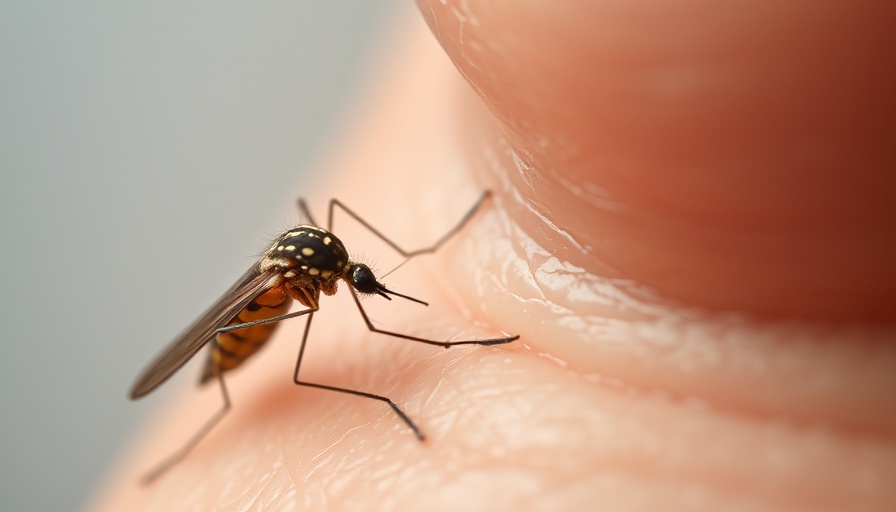
Impact of Recent Staff Cuts on Health Assistance Programs
The recent firing of a specialized team at the U.S. Department of Health and Human Services (HHS) has raised alarms regarding the future of federal poverty guidelines. Former team members were tasked with adjusting these guidelines annually, essential for determining eligibility for programs like Medicaid and food assistance. With 79 million people relying on these programs, the implications of this staff reduction extend far beyond mere numbers. Experts warn that without timely updates, many beneficiaries could lose vital support, especially as living costs rise.
The Critical Role of Accurate Poverty Guidelines
Poverty guidelines, adjusted for inflation from U.S. Census data, serve as benchmarks for various aid programs. For example, as of 2025, the poverty levels stand at $15,650 for an individual and $32,150 for a family of four. Failure to update these figures could lead to a scenario where a slight increase in income—say from $30,000 to $31,000—may result in families becoming ineligible for support, despite facing higher living costs. This disconnect can have dire consequences for millions struggling to make ends meet.
Effects on Public Health and Vulnerable Populations
With Medicaid and CHIP covering a vast portion of the population, the repercussions of stagnant poverty guidelines resonate on a broader scale. Vulnerable populations, including children and low-income families, could see a reduction in critical health services. As Robin Ghertner, former head of the data team, noted, there’s currently no one who can calculate these guidelines, placing future eligibility determinations in limbo.
Political Context Behind The Firings
This staffing change is part of a broader trend observed during the Trump administration aimed at downsizing government operations. Overall, HHS has reportedly eliminated around 20,000 jobs, raising concerns about the depth of expertise remaining within the agency. Experts express frustration over such measures, indicating that these cuts jeopardize not just jobs but the essential functions of core government services designed to safeguard public health.
Looking Ahead: The Urgent Need for a Strategic Response
As the HHS spokesperson assured continuity in the work, skepticism remains about the agency's ability to sustain vital services. Stakeholders in the public health community urge a swift response to restore expertise and ensure that updates to critical health guidelines are made on time. Moreover, efforts must be directed toward restructuring the team or facilitating training for new hires, ensuring that the health of millions is not compromised.
This event serves as a wake-up call about the delicate balance between policy decisions and the welfare of American families. As we navigate these changes, it becomes vital for the public to stay informed and advocate for necessary reforms that protect these critical programs.
If you want to learn more about how these changes may affect healthcare and support services, contact us for more details.
 Add Row
Add Row  Add
Add 




Write A Comment